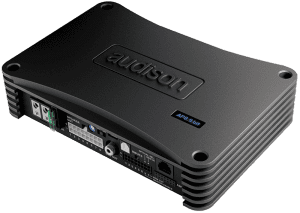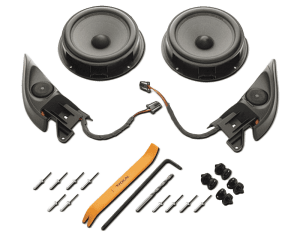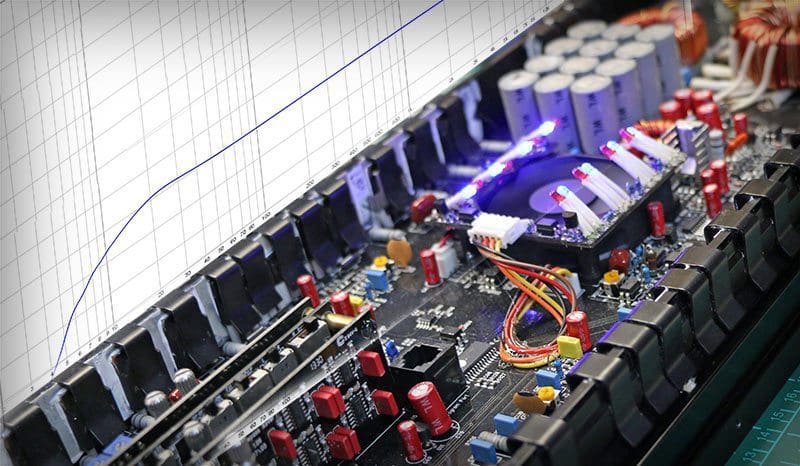 As the next topic in our series explaining amplifier specifications, we will look at the frequency response information that manufacturers provide and explain how to interpret this information. In the simplest of statements, the frequency response spec will tell you about the low- and high-frequency limits of the amplifier based on its design. As with all the specs we have looked at, the information provided is as telling as the information that may be missing from the spec page. Let’s dive in and have a look.
As the next topic in our series explaining amplifier specifications, we will look at the frequency response information that manufacturers provide and explain how to interpret this information. In the simplest of statements, the frequency response spec will tell you about the low- and high-frequency limits of the amplifier based on its design. As with all the specs we have looked at, the information provided is as telling as the information that may be missing from the spec page. Let’s dive in and have a look.
Understanding Amplifier Frequency Response Specifications
Let’s take a look at a good amplifier with a specification of 4 Hz to 50 kHz. In this particular example, there is no tolerance provided, so we don’t know if those low- and high-frequency limits represent a 1dB or 3dB tolerance. Let’s fire up the amp and see what we can find out.
Connected to our digital interface and bank of load resistors, the amp shows a -1 dB frequency response of 8.21 Hz on the bottom end and 48.7 kHz on the top. Allowing for a tolerance of 3 dB, the measurement is 4.36 Hz on the bottom and above the 96 kHz measurement limit of my equipment on the top.
In short, this information tells us that this amp won’t dramatically affect the response of your audio system anywhere in the audible spectrum, and well beyond.
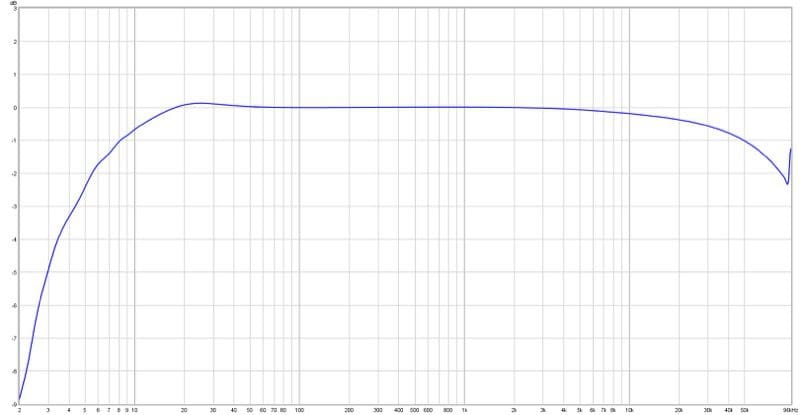
Speakers Are Not Resistors
Several factors govern the frequency response of an amplifier. Outside of a discussion of the circuit design and components used for the amp, what most people realize is that the speaker system you connect your amp to can affect its performance. In the lab, we use resistive loads. In the real world, speakers add a level of inductive reactance that opposes AC current flow and affects frequency response. When you add a passive crossover network, the load now includes capacitive reactance. Ultimately, even in a simple two-way passive crossover network, the load the amp sees varies a great deal depending on frequency.
I contacted John Atkinson, editor at Stereophile magazine, and asked permission to recreate his reactive speaker simulation network. His use of a reactive load for amplifier response testing was the result of an Audio Engineering Society paper by Eric Benjamin titled, “Audio Power Amplifiers for Loudspeaker Loads.” Atkinson consulted with Ken Kantor of NHT and International Jensen on the passive network, and the result was a version of the network you see below.
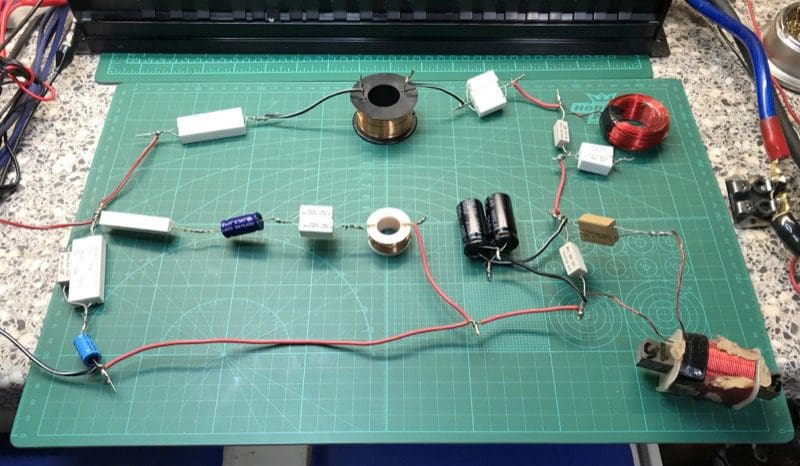
The purpose of this network is to present different impedances to the amplifier at different frequencies to evaluate its performance. The network replicates what an amplifier would see when powering a two-way, sealed-enclosure bookshelf speaker with a nominal impedance of 8 ohms. I created this network with the help of Frank Fabian at The Speaker Shop in Toronto. His store has an impressive supply of capacitors, resistors and inductors in stock. If you have a home speaker that needs repair or reconing, he’s the man to talk to!
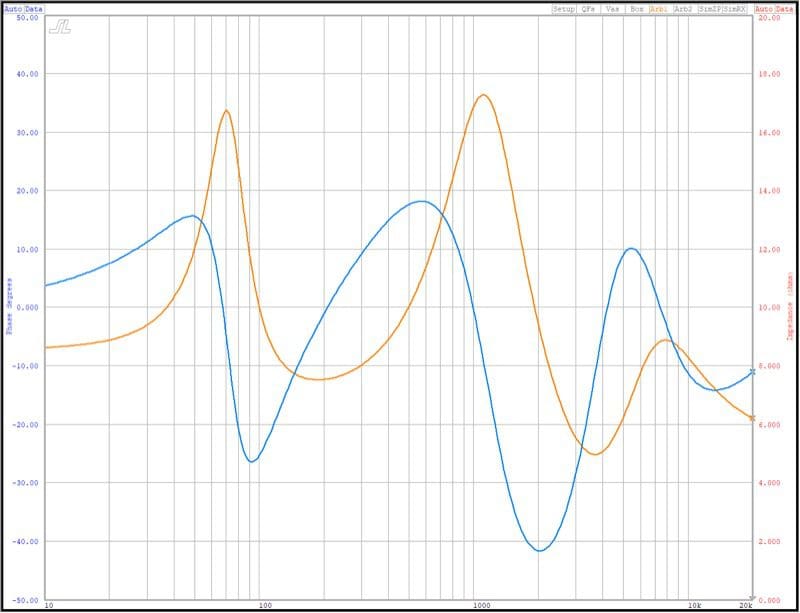
Amplifier Response into Reactive Loads
The next step was to repeat the frequency response measurement of our reference amp using a 4-ohm load, a 2-ohm load and our reactive load to demonstrate just how much effect there is on the response.
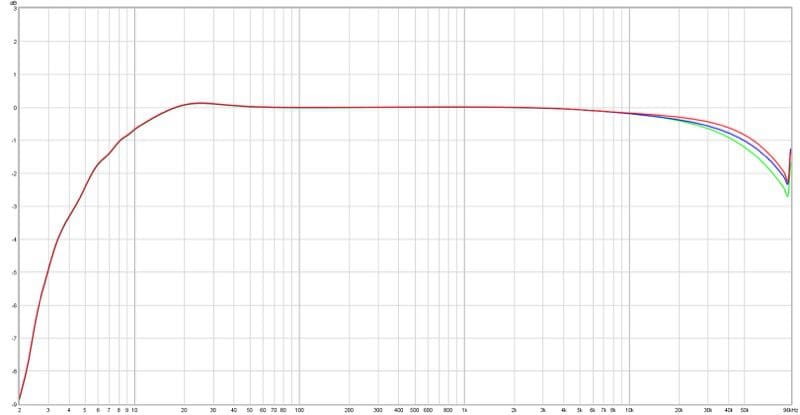
As you can see, there is a small change in high-frequency response from this amp depending on the impedance of the load. The amp includes some filter chokes on the outputs as part of its variable voltage power supply design. The difference between the 4-ohm and the reactive trace is 0.85 dB at 20 kHz.
What About Inexpensive Amplifiers?
Our reference amp is just that – a high-quality amp that sounds amazing. So, what happens when you perform these same tests on an inexpensive amp? Let’s look and see!
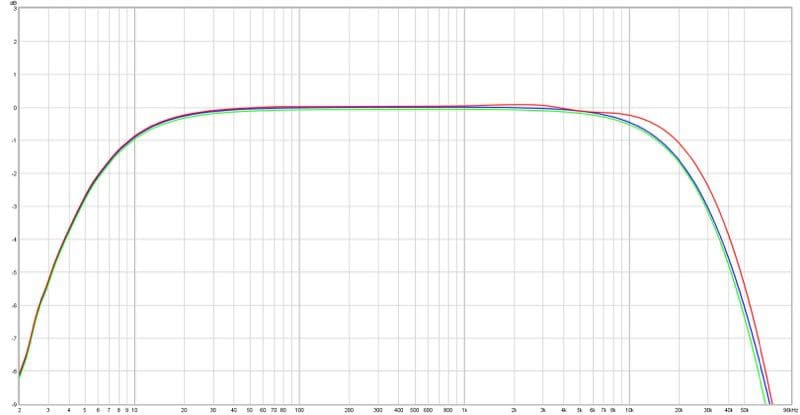
Our cheap amp does a fair job with the resistive loads, rolling off by 1dB around 16kHz on the top and below 10 Hz on the bottom. The red trace shows that there is some emphasis between 2 and 3 kHz caused by the inductive characteristics of the passive filter network. Would that emphasis be audible? That would depend on your level of obsession. You can hear the difference of a few tenths of a dB when adjusting an EQ.
How About Our Class-D Amplifier Friends?
As we mentioned, the small filters on the output of our good amp resulted in a measurable change in frequency response between the varying loads. What happens when we measure a Class-D amplifier that uses large filters on the outputs?
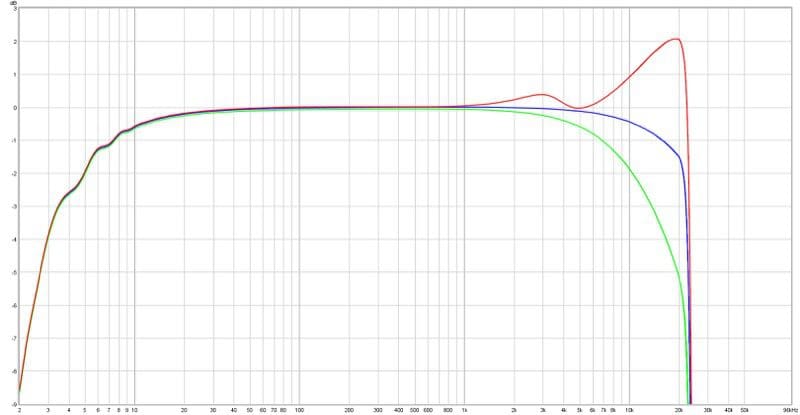
Here we can see that there is a half-dB bump around 3 kHz and more than 2 dB of additional output at 20 kHz as compared to the 1 kHz reference level. Compared to a purely resistive load, the bump at 20 kHz is 3.5 dB more than a 4-ohm resistive load and about 7 dB louder than 2 ohms. If you’ve ever wondered why Class-D amplifiers sound different than a high-quality Class-AB, this is one of the reasons.
Working with Frequency Response Specifications
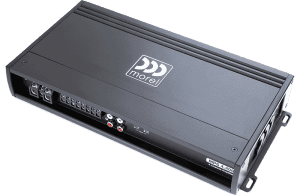 For most applications, you can ignore the frequency response measurements of the amplifiers you choose. The majority will be adequately flat from 20 Hz to 20 kHz. If you plan on driving a low-impedance load (low-impedance drivers or many drivers wired in parallel), the added impedance will dramatically reduce the high-frequency performance of a Class-D amp.
For most applications, you can ignore the frequency response measurements of the amplifiers you choose. The majority will be adequately flat from 20 Hz to 20 kHz. If you plan on driving a low-impedance load (low-impedance drivers or many drivers wired in parallel), the added impedance will dramatically reduce the high-frequency performance of a Class-D amp.
If you are planning on building an audio system that is truly high-resolution audio-ready, and capable of playing audio signals beyond 20 kHz, you are going to need to do some homework. Odds are, you’ll want a Class-AB amp for the tweeters, at the very least.
Finally, designing an audio system that uses active filtering will help reduce the variations in impedance caused by passive crossovers.
If you need help choosing an amplifier for your car audio system, drop into your local specialist mobile electronics retailer and talk to one of their product specialists.
Please check out other articles in our series on Understanding Specifications.
This article is written and produced by the team at www.BestCarAudio.com. Reproduction or use of any kind is prohibited without the express written permission of 1sixty8 media.
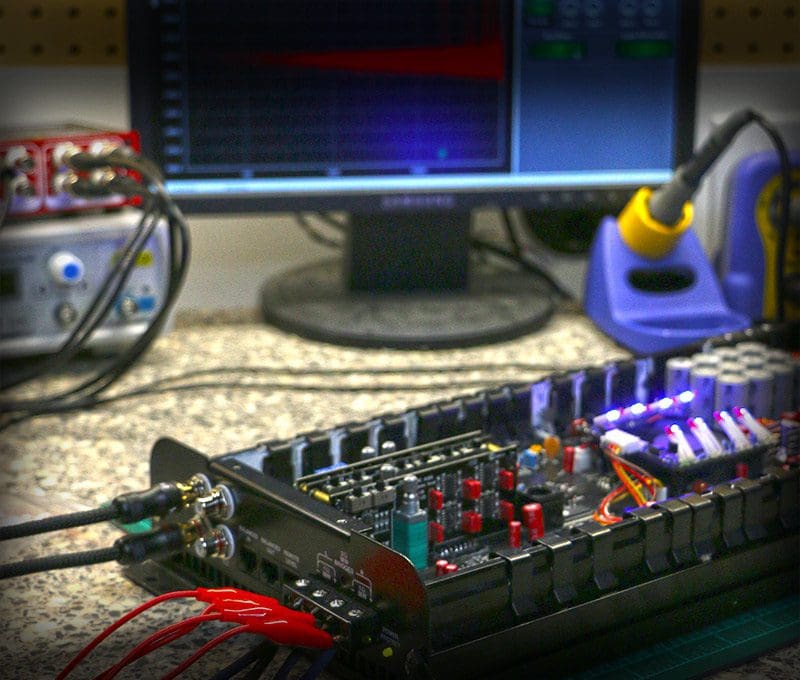 The next topic in our look at
The next topic in our look at 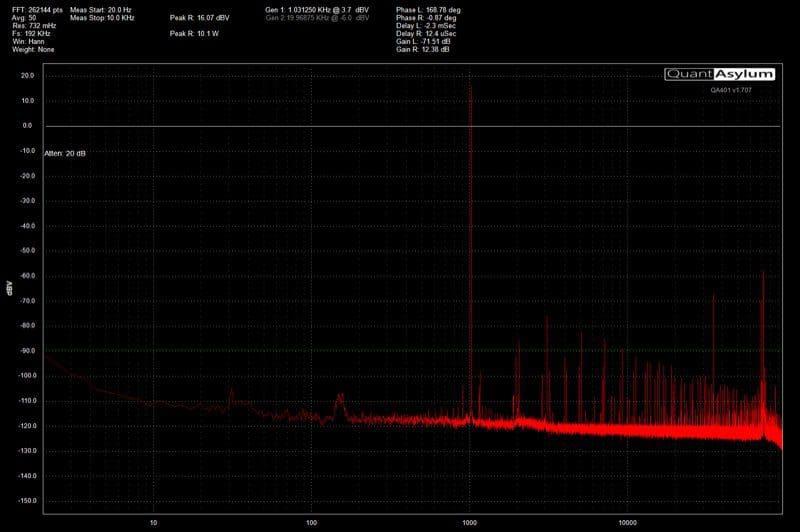
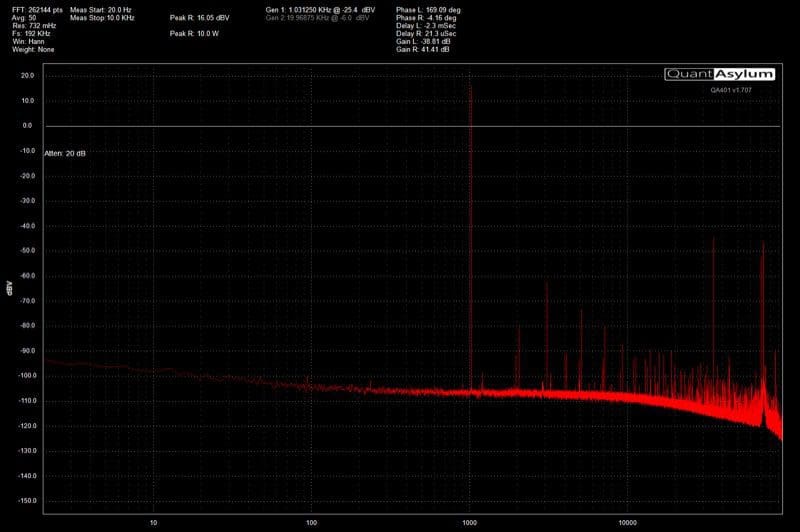
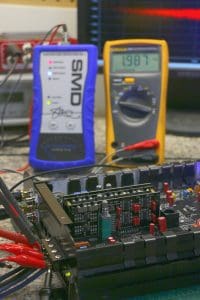 Being able to get full power from your amplifier from a variety of signal sources is important to ensuring that your installer can make that amp work with any source. If you have a high-quality aftermarket source unit, the preamp outputs should provide 2 or 4 Vrms of signal with the volume at maximum and a recording at 0 dB.
Being able to get full power from your amplifier from a variety of signal sources is important to ensuring that your installer can make that amp work with any source. If you have a high-quality aftermarket source unit, the preamp outputs should provide 2 or 4 Vrms of signal with the volume at maximum and a recording at 0 dB.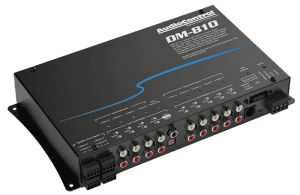 When it comes to having a fully active audio system installed in your vehicle, unless you choose to implement a stand-alone
When it comes to having a fully active audio system installed in your vehicle, unless you choose to implement a stand-alone 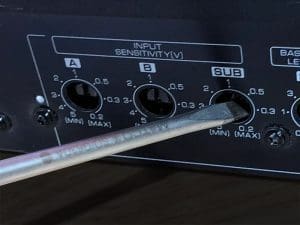 If you have understood this article fully, then you realize that more signal from your
If you have understood this article fully, then you realize that more signal from your 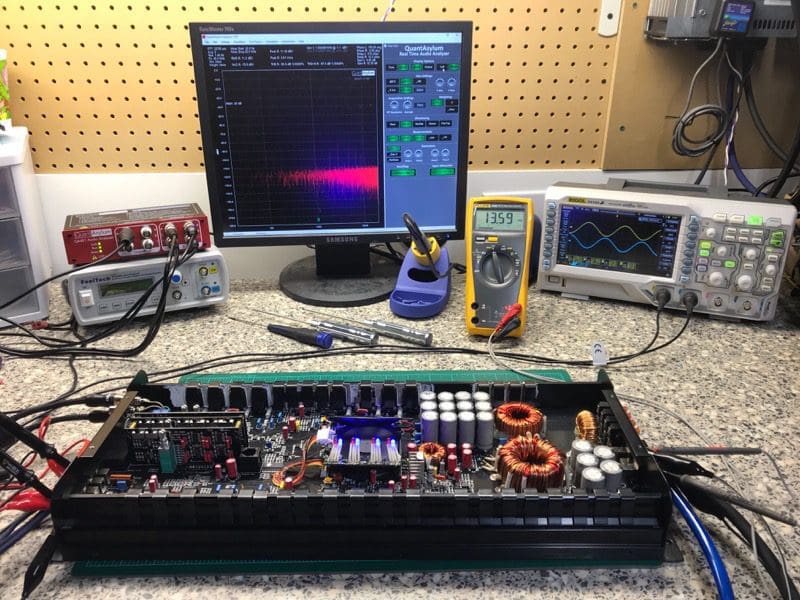 Welcome to our new series about understanding product specifications. Our goal in these articles is to help you understand what the
Welcome to our new series about understanding product specifications. Our goal in these articles is to help you understand what the 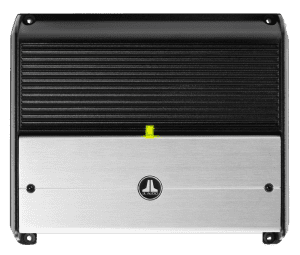 Without a doubt, the most popular specification that consumers look at when purchasing a car audio amplifier is its power rating. An amplifier takes the small signal from your source unit and increases it in voltage and current to drive a low-impedance speaker. In a nutshell, the more power you have, the more loudly you can play your car stereo system before the signal going to the speakers distorts. The limit of how much power is required is determined by the power handling specifications of the speakers in the vehicle, their cone excursion limits and their
Without a doubt, the most popular specification that consumers look at when purchasing a car audio amplifier is its power rating. An amplifier takes the small signal from your source unit and increases it in voltage and current to drive a low-impedance speaker. In a nutshell, the more power you have, the more loudly you can play your car stereo system before the signal going to the speakers distorts. The limit of how much power is required is determined by the power handling specifications of the speakers in the vehicle, their cone excursion limits and their 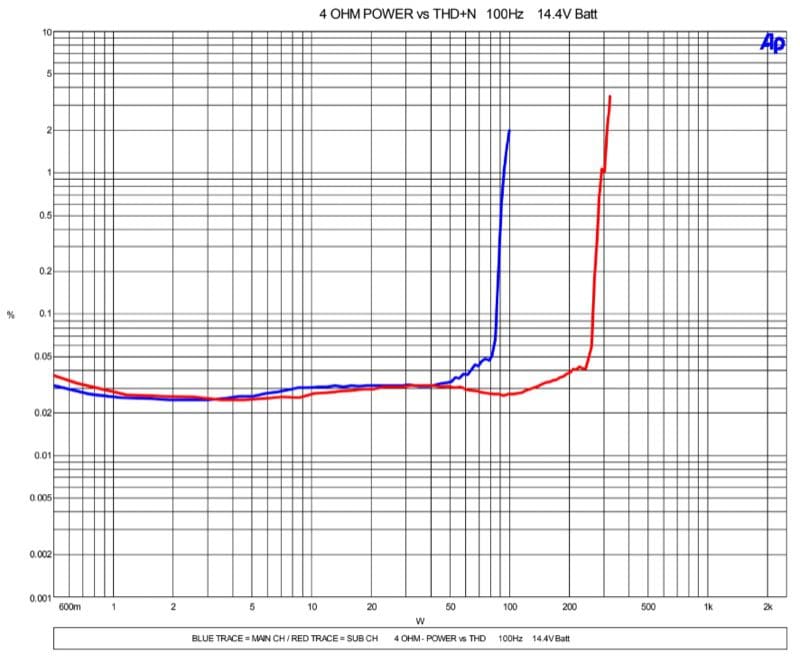
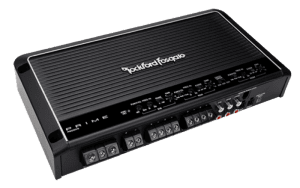 In layman’s terms, the amp must perform as well producing bass as it does high-frequency information, and the specified power rating cannot include large amounts of distortion. While the 14.4V rating is somewhat high, it establishes a level playing field from which consumers can compare results.
In layman’s terms, the amp must perform as well producing bass as it does high-frequency information, and the specified power rating cannot include large amounts of distortion. While the 14.4V rating is somewhat high, it establishes a level playing field from which consumers can compare results.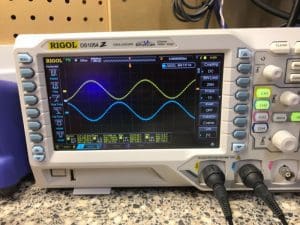 If you don’t see the CTA-2006 logo associated with a product you are considering, there are several ways that the numbers may not be directly comparable with other options. One easy way to inflate numbers is to increase the supply voltage to the amp. Depending on the design of an amplifier’s power supply, each additional volt provided to that power supply could theoretically increase the amplifier’s output by about 0.6 dB. That would be like a 100-watt amp being able to make about 115 watts.
If you don’t see the CTA-2006 logo associated with a product you are considering, there are several ways that the numbers may not be directly comparable with other options. One easy way to inflate numbers is to increase the supply voltage to the amp. Depending on the design of an amplifier’s power supply, each additional volt provided to that power supply could theoretically increase the amplifier’s output by about 0.6 dB. That would be like a 100-watt amp being able to make about 115 watts.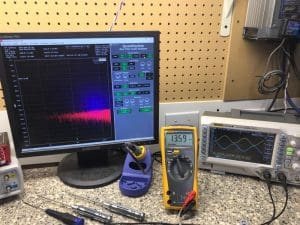 If you are shopping for an amplifier, the power rating does nothing to tell you about the quality of one amplifier compared to another. You don’t need 100 watts to drive your tweeters and you certainly won’t be happy with a 25-watt amp driving a subwoofer in your car.
If you are shopping for an amplifier, the power rating does nothing to tell you about the quality of one amplifier compared to another. You don’t need 100 watts to drive your tweeters and you certainly won’t be happy with a 25-watt amp driving a subwoofer in your car. If you are an avid car audio enthusiast, it’s likely that you’ve seen photos of or heard systems that use high-efficiency pro audio style speakers. These drivers were designed for PA systems at concerts and can produce impressive output levels with moderate levels of power from an amp. In this article, we are going to look at the benefits and drawbacks of using pro-sound speakers in applications like a
If you are an avid car audio enthusiast, it’s likely that you’ve seen photos of or heard systems that use high-efficiency pro audio style speakers. These drivers were designed for PA systems at concerts and can produce impressive output levels with moderate levels of power from an amp. In this article, we are going to look at the benefits and drawbacks of using pro-sound speakers in applications like a 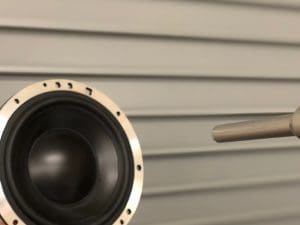 Before we dive into the differences between conventional car audio speakers and high-efficiency speakers, let’s take a quick look at the definition of speaker efficiency and what design features change this value.
Before we dive into the differences between conventional car audio speakers and high-efficiency speakers, let’s take a quick look at the definition of speaker efficiency and what design features change this value.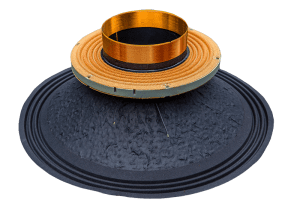 Several technical design details determine speaker efficiency. One of the biggest factors is the weight of the cone and voice coil assembly. A lightweight cone assembly is easier to move and typically produces more output with less power. The drawback of this low-mass design is that the resonant frequency of the speaker will be higher and the driver won’t produce anywhere as much bass. This is the basic trade-off between conventional car audio speakers and pro-sound drivers.
Several technical design details determine speaker efficiency. One of the biggest factors is the weight of the cone and voice coil assembly. A lightweight cone assembly is easier to move and typically produces more output with less power. The drawback of this low-mass design is that the resonant frequency of the speaker will be higher and the driver won’t produce anywhere as much bass. This is the basic trade-off between conventional car audio speakers and pro-sound drivers.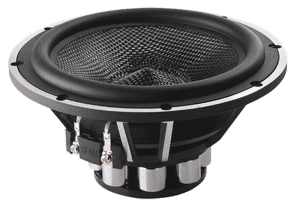 Let’s compare two popular 6.5-inch woofers, both intended for car audio applications. Speaker A is a conventional
Let’s compare two popular 6.5-inch woofers, both intended for car audio applications. Speaker A is a conventional 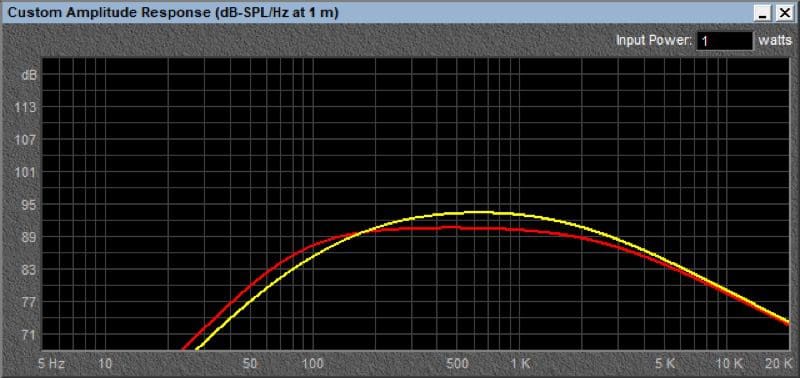
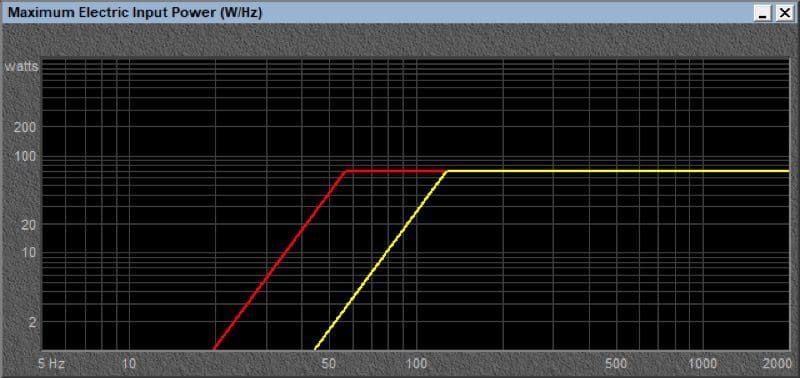
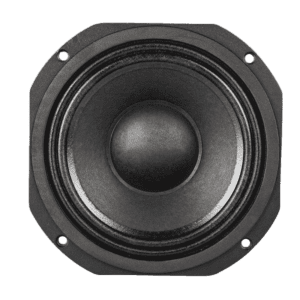 If you have plans to add a dedicated woofer to the saddlebag or trunk on your bike, and can find one that will play up to 150 or 200 Hz without significant distorting, then pro-style high-efficiency speakers may be a good option if all that matters is how loudly the system will play.
If you have plans to add a dedicated woofer to the saddlebag or trunk on your bike, and can find one that will play up to 150 or 200 Hz without significant distorting, then pro-style high-efficiency speakers may be a good option if all that matters is how loudly the system will play.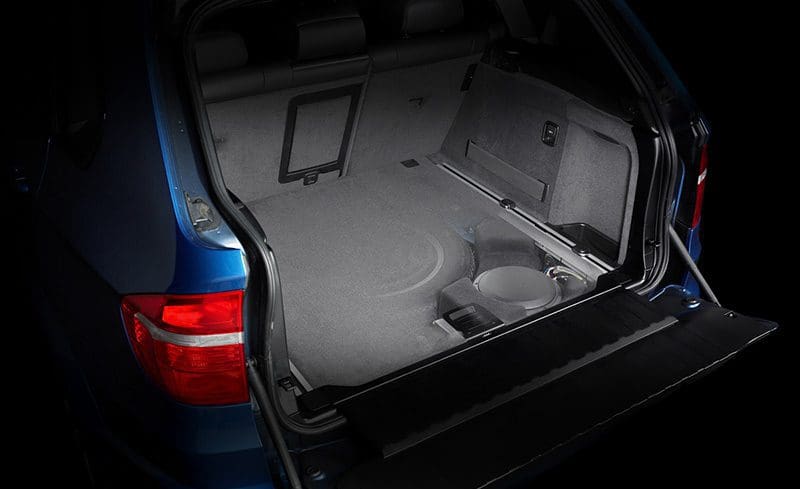 Did you know that in Europe, there aren’t nearly the number of qualified
Did you know that in Europe, there aren’t nearly the number of qualified 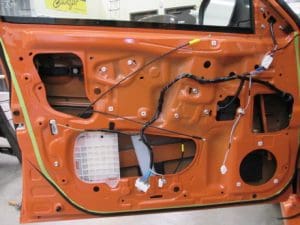
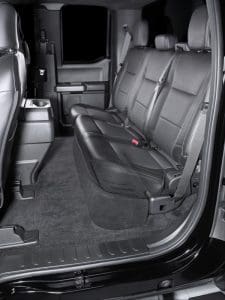 When you say the word subwoofer to someone, they often envision someone driving down the street with a wall of woofers, shaking windows and being otherwise annoying. The reality is, adding a subwoofer to even a premium
When you say the word subwoofer to someone, they often envision someone driving down the street with a wall of woofers, shaking windows and being otherwise annoying. The reality is, adding a subwoofer to even a premium 